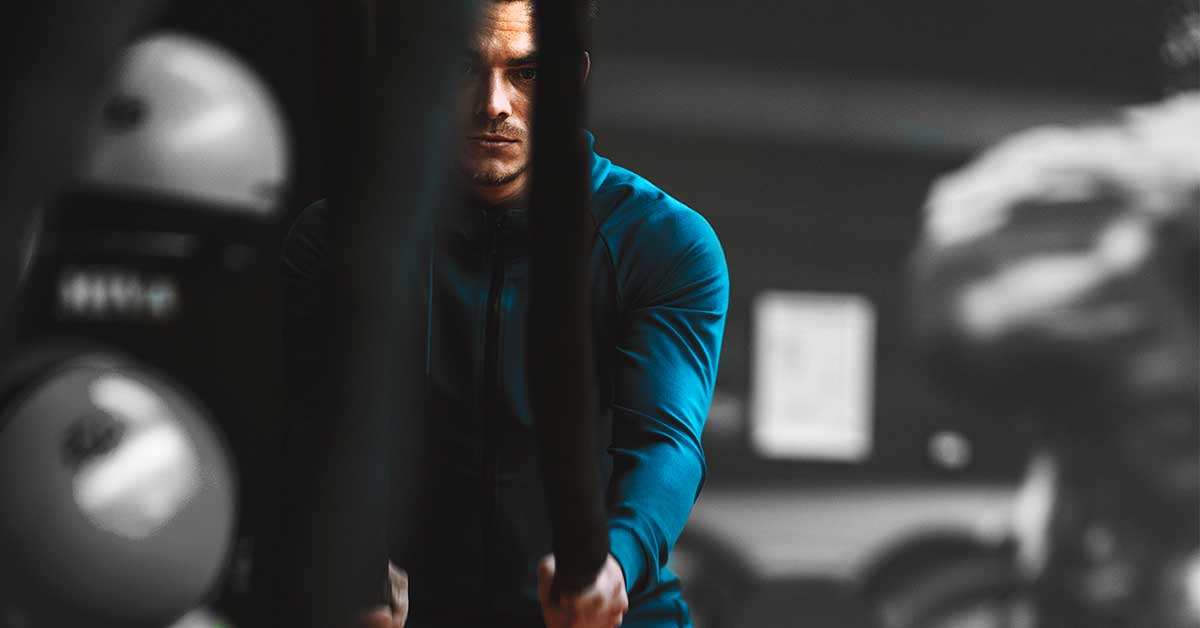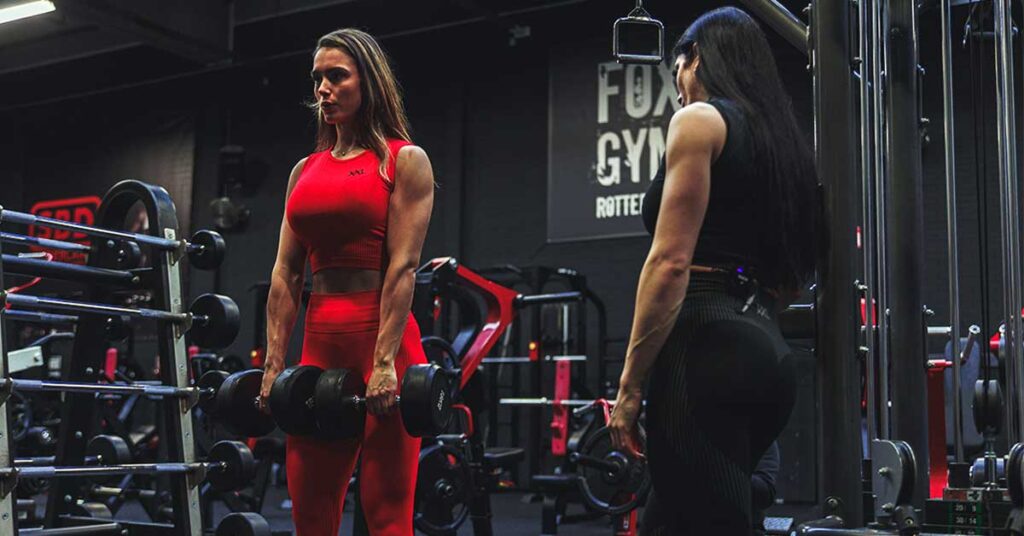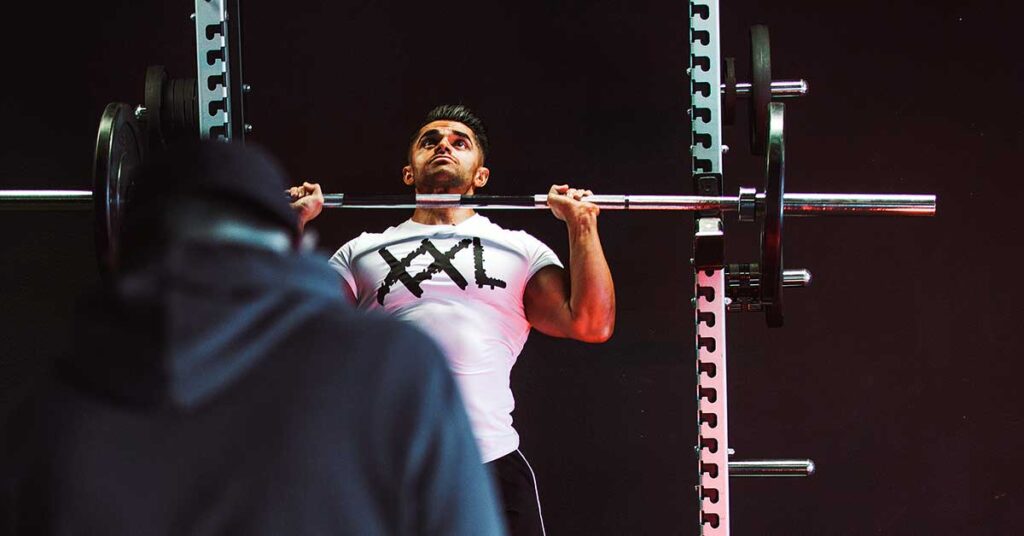
Muscle strain. Known to almost everyone I think. Some people experience it after cycling for a while if they haven’t done it for a while, others if they haven’t trained for a while. Still others feel they haven’t had a good workout if they don’t notice muscle soreness a day or two later, because that’s “yet again the feeling that you’ve done something.”
But, what exactly is muscle pain? And is it something you should strive for, or should you avoid? That’s what I want to go into in this article!
WHAT IS MUSCLE PAIN?
Muscle soreness, or DOMS (Delayed onset muscle soreness) is the pain you sometimes feel in your muscles after a workout. For those who want to read more about it, use the search term DOMS or whatever it stands for (muscle strain won’t get you very far).
It can come on 12 to 36 hours after a workout and last for 1 to 5 days. In addition, the pain can be mild or such that, for example, walking is virtually impossible.
CAUSES OF MUSCLE PAIN
Muscle pain can arise in different ways. Most people know this too, because sometimes you can have horrific muscle pain after riding a bike or jumping rope for a while, while a number of sets of deadlifts seem to give zero problems.
The most obvious cause is damage to the muscle. Micro trauma, or as you may have encountered in other articles of mine, mechanical damage. But oxidative stress can also cause muscle pain. A third cause can be stress on the sheath of the nerves of the muscles that are being trained.

1. MECHANICAL DAMAGE
Mechanical damage often occurs when we train a muscle in the longitudinal position. With a little knowledge of the body and physiology you know which exercises train a muscle for length and which ones do not. As discussed earlier, we select exercises based on the purpose of the training. In some blocks, mechanical damage could be the target and we mainly choose exercises in the longitudinal position of the muscle. For example, consider a seated leg curl.
In other blocks you want to prevent muscle damage as much as possible and we choose, for example, more exercises in the short position of the muscle. For example, a lying leg curl. Work pace also has a major impact on how much muscle damage an exercise causes.
In this article you can read more about this cause of muscle pain .
2. OXIDATIVE STRESS
Oxidative stress occurs when we do so much work in a certain time frame that the energy production is left behind in the cell. This can be the goal of a workout, but I recommend using it very sparingly. This is because inflammation (an inflammatory reaction) can occur, with the associated consequences.
At the end of a hypertrophy block, one or two weeks of oxidative training would be appropriate, provided that there is good deloading afterwards. You can read more about this in the article about training to failure.
In a sense, for this stressor, you apply training beyond failure.
3. STRESS ON THE NERVES
Nerve stress itself is more of a by-product of lunge training and not usually a goal we pursue. In addition, unlike the previous two, this never seems to potentially lead to an adaptation that brings us closer to our goals. This also means that it may be possible to have muscle pain, without this saying anything about progression.

INFLAMMATION
All these options have one thing in common. Namely that they can lead to inflammation. Sometimes as a by-product, sometimes as a target. Muscle pain is therefore actually a sign that local inflammation has arisen. The pain you feel is not necessarily damage to the muscles themselves, but the result of inflammatory mechanisms. This also means that damage can certainly occur without muscle pain.
Inflammation is not a bad thing and even necessary for recovery. For this reason, it is not wise to take large doses of antioxidants or anti-inflammatories around your workouts. This will definitely have a negative effect on your progression!
GOOD OR BAD, TOO MUCH OR TOO LITTLE
In the paragraphs above I explained why muscle pain is not necessarily good or not necessarily bad. No muscle soreness doesn’t mean the workout wasn’t good. Nor muscle pain.
This depends entirely and completely on the intended effect of the training. When we are in a training block in which muscle damage is the goal, muscle soreness can be expected. In this case, a good rule of thumb is that muscle soreness should not last much longer than 2 days.
If the muscle pain persists for more than 3 days, you may have done too much. This could mean that the training was too much, or that your recovery capacity is sub-optimal.
If you don’t feel any muscle pain at all after a workout in such a block, this probably means that the next workout can and may be more intensive.

As mentioned, muscle pain is certainly not always the goal. When you are in a metabolic training block you want to avoid inflammation to a certain extent. Muscle pain is not the goal in this case. If muscle pain in such a block lasts for more than 2 days, you can assume that the intensity or volume of your training is too high.
An exception to these rules is if you have just switched training schedule or exercise selection.
Finally, the elimination of muscle soreness after 1 or 2 days certainly does not mean that you have fully recovered from the training. This may take one or more days, depending on how severe the training stimulus was.
MUSCLE PAIN IN SHORT
Muscle pain is therefore certainly not an indication of whether a training has been adequate. Depending on the training block you are in, you should expect muscle pain or better avoid it. The duration of muscle soreness says something about the intensity of your workouts and can help you find out whether the next workout can be harder or whether you prefer to slow down a bit.
However, this can also be influenced by your recovery capacity. Sleep , your digestion and your energy levels are also good indicators when you want to find out if your training intensity or volume is perhaps too high.
